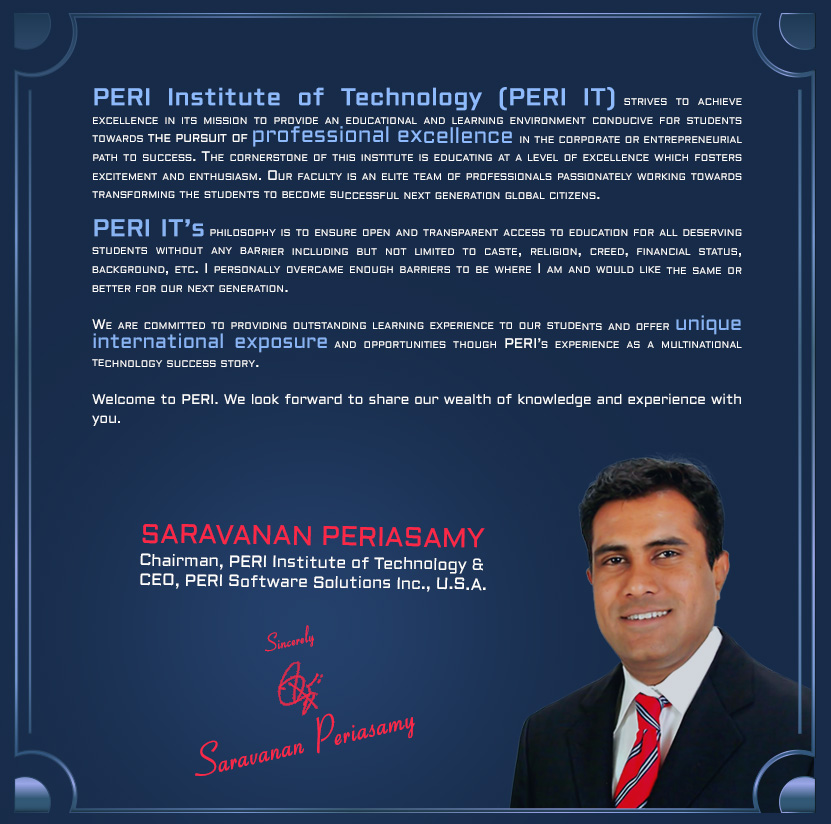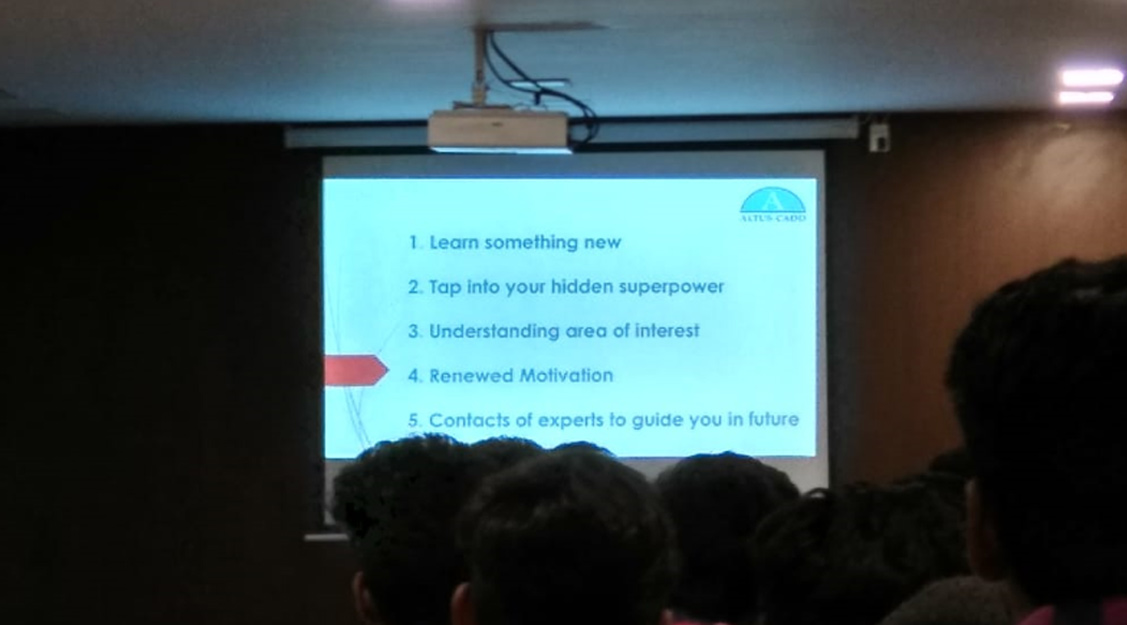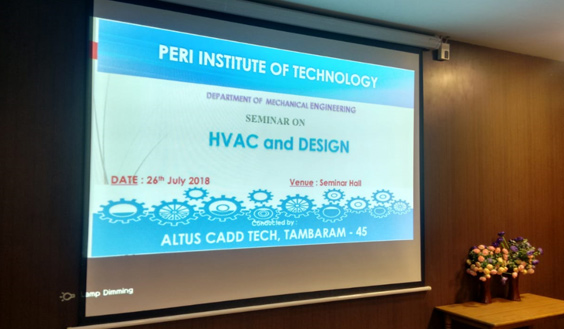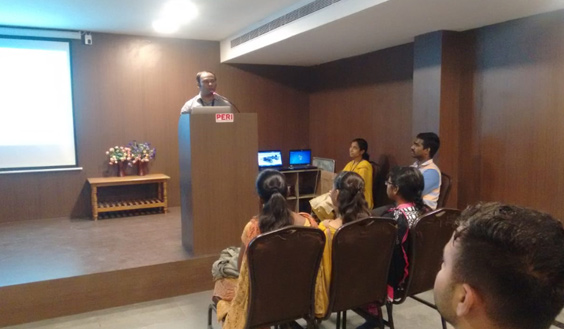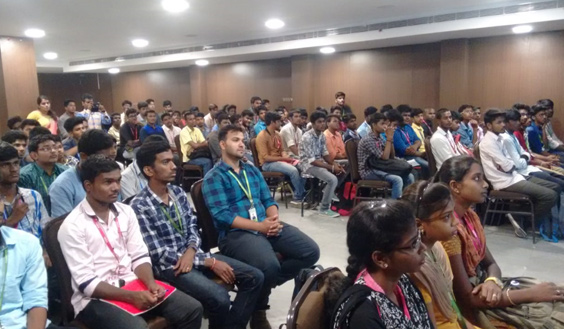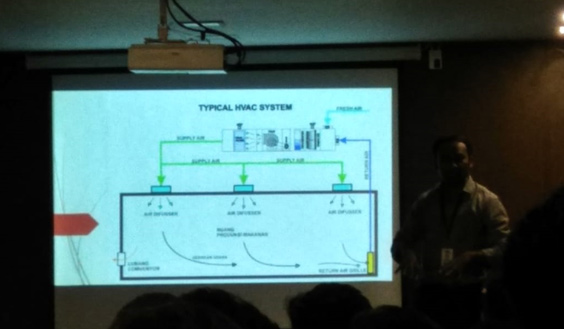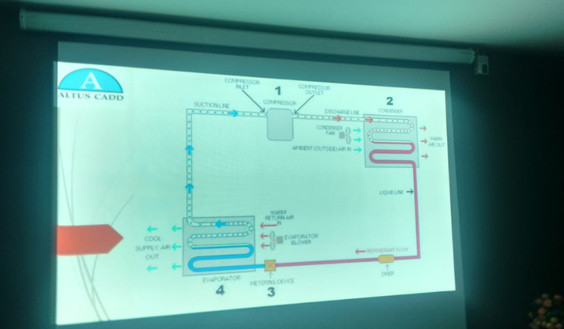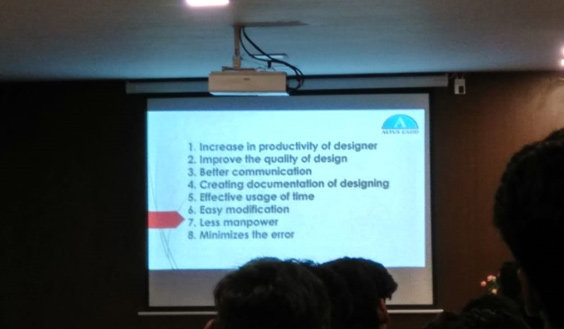News & Events
HVAC and ducting design
Department : Mechanical Engineering
Type of Event : Seminar
Event Title : HVAC and ducting design
Date & Time : 26.07.18 – 10 am to 11.30 am
Venue : Conference Hall
Organizer : Mechanical Department
Coordinator : Mr B N Philip
Details of Participants : Second year students
Profile of the Chief Guest
Name of the Guest Speaker : Mr. Senthil Kumar
Organization : ALTUS CADD TECH
Designation : Manager – HVAC Design
Event Agenda
• Welcome address by Mr B N Philip, HOD-Mech
• Introduction to HVAC
• Introduction to ducting design
• Vote of thanks by student
Mr Senthil Kumar, the design head introduced the concepts of HVAC and Ducting design.
Heating, ventilation, and air conditioning are the technology of indoor and vehicular environmental comfort. Its goal is to provide thermal comfort and acceptable indoor air quality.
Ventilation is the process of exchanging or replacing air in any space to provide high indoor air quality which involves temperature control, oxygen replenishment, and removal of moisture, odors, smoke, heat, dust, airborne bacteria, carbon dioxide, and other gases. Ventilation removes unpleasant smells and excessive moisture, introduces outside air, keeps interior building air circulating, and prevents stagnation of the interior air. Ventilation includes both the exchange of air to the outside as well as circulation of air within the building. It is one of the most important factors for maintaining acceptable indoor air quality in buildings.
Heaters are appliances whose purpose is to generate heat (i.e. warmth) for the building. This can be done via central heating. Such a system contains a boiler, furnace, or heat pump to heat water, steam, or air in a central location, such as a furnace room in a home, or a mechanical room in a large building. The heat can be transferred by convection, conduction, or radiation.
An air conditioning system, or a standalone air conditioner, provides cooling and humidity control for all or part of a building. Air conditioned buildings often have sealed windows, because open windows would work against the system intended to maintain constant indoor air conditions. Outside, fresh air is generally drawn into the system by a vent into the indoor heat exchanger section, creating positive air pressure.
Duct systems are designed to properly distribute air throughout a building. Ducts that are not well designed result in discomfort, high energy costs, bad air quality, and increased noise levels. Choosing the right-sized duct is critical to maintain proper air flow in the system.
The working of an air-conditioner with its various constituent parts was also explained. The importance of developing learning skills was stressed upon.
A vote of thanks was proposed by a second year student.
|
|
|
|
|
|
|

